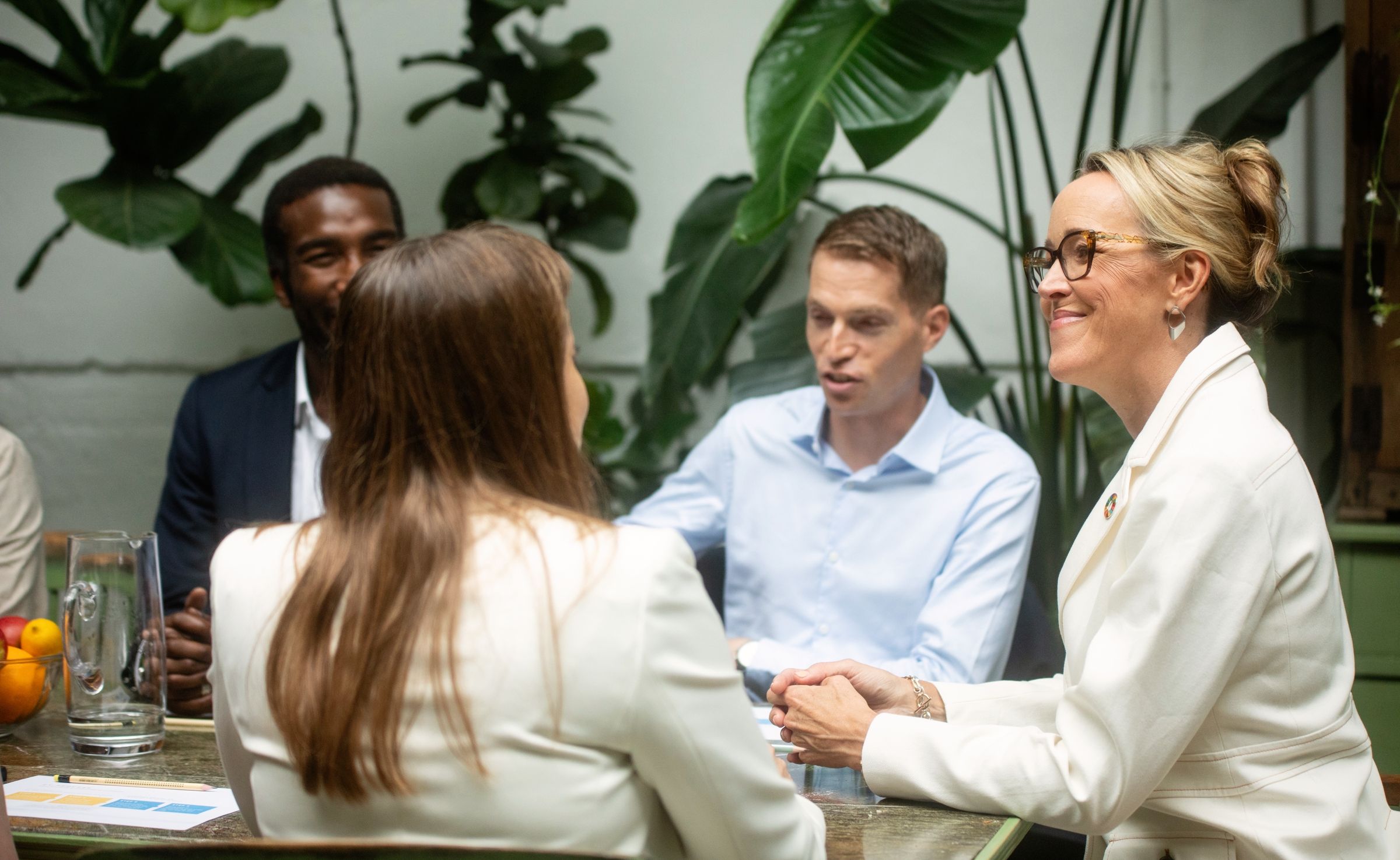Scaling sustainability leadership with a little help from our friends in HR
Mar 14, 2009
The sustainability field evolved quickly and there is no universally recognised list of core competencies or non-traditional key performance indicators (KPIs) to prove an employee’s value. While this is certainly a challenge for the jobseeker and sustainability leadership, it also presents exciting opportunities for HR and sustainability leaders to redefine professional development.
How can HR help in this process? They can start by building a competency framework that fosters sustainability leadership at all job levels and functions.
Identifying Sustainable HR Needs
First, we need to map the core skills, knowledge and traits that are required for each level and technical function within sustainability. As Business in the Community points out, by focusing on agreed behaviours, HR departments can better on-board and develop future leaders in the field and help them strive to make a difference to the triple bottom line while also growing professionally. Frameworks also help non-HR staffers to better understand what is expected of them and to build personal development plans.
However, identifying what the key competencies should be is easier said than done. Since there are more and more sustainability jobs and functions within traditional commercial roles, the competencies required to achieve success depend on one’s hiring needs or career track. “Rather than thinking of skills, knowledge and attitudes, it is more useful to discuss leadership qualities, management skills and reflexive abilities,” states a CR report by Ashridge.
“In sustainability, there is rarely a mandate to do what needs to get done,” says Jennie Gabraith, chair of the ICRS working group, “so practitioners must be able to influence different people with different agendas.”
Having worked with more than 3,000 sustainability practitioners over the past 10 years I recommend in addition, a focus on the following key competencies:
- Bravery and resilience
- Ability to balance global and local perspectives
- Innovative and systems thinking
- Influencing and negotiating
- Engaging others in the on the journey on their terms
How to Work with HR on Organisational Design
Identifying the key competencies lays a solid foundation for a framework. Once that's done, it’s time to think strategically about how to structure sustainability within the organisation. Will there be a designated centralised sustainability team or will it be embedded into other commercial roles? Ideally, there would be a mix of both.
However, just as important as the structure of sustainability roles is where they are positioned. For example, at Nike, sustainability starts in R&D and is diffused throughout their entire value chain and corporate strategy. In an ideal future, more companies will work to embed this agenda across all functions with employees being rewarded professionally for viewing their job through a sustainability lens. Though, very few companies have it ingrained throughout the organisation.
In fact, according to Acre’s 2012 CR and Sustainability Salary Survey:
“Just over 35 percent of respondents working in-house described their team as a standalone sustainability or corporate responsibility department within their company, while 28 percent said it fell within corporate affairs and 20 percent under marketing/communications."
Measuring Against Frameworks for Professional Development
For sustainability to be truly embedded, we must enforce a review process that takes sustainability metrics into account. However, this is largely uncharted territory. Only a handful has started to integrate new business metrics and performance measures that explicitly account for the social and environmental impacts into leadership frameworks.
By defining a clear development track against which performance can be measured, there is less of a chance that sustainability will revert to being a non-strategic agenda. Frameworks for tracking and measuring achievements help others map what this journey could look like, identify gaps in skills and knowledge, and learn about what other people’s careers have looked like.
These tools will help practitioners become sustainability leaders and afford hiring managers the opportunity to make sustainability leadership scalable.
For more information on how HR can hire, retain, structure and build capacity of top sustainability talent and leaders, contact me or leave a question in the comments section below.
A special thanks to Jennie Gabraith of the ICRS Working Group, Andy Cartland of Acre Recruitment, and Maggie Brown of Amida Recruitment for their help with this article.
This article originally appeared on CSRwire.com.








